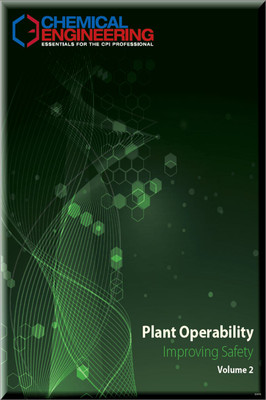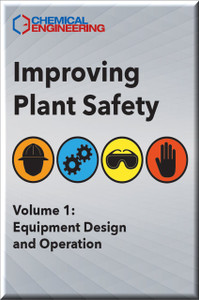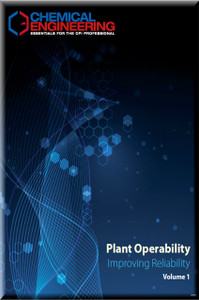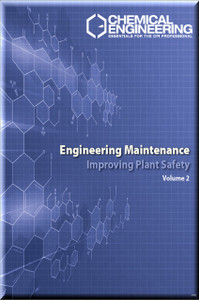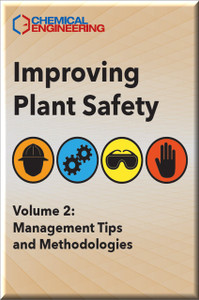Description
Improved plant operability goes hand in hand with improved plant safety. This Chemical Engineering Guidebook contains a collection of tutorial-style articles aimed at ensuring safe plant operations.
Topics include fire prevention and the safe handling of powders and bulk solids to reduce the risk of dust explosions, safe handling of heat-transfer fluids, and the proper management of liquefied natural gas. Tips and best practices are also provided for specifying rupture disks and emergency-shutdown valves, monitoring corrosion and equipment integrity, and maintaining pipeline safety. Several articles center on mechanical seals and other engineering options that minimize fugitive emissions and leaks that threaten personnel, the community, and the environment.
Features & Benefits
- Strategies for preventing fires, dust explosions, and chemical leaks
- Best practices for handling heat-transfer fluids and liquefied gases
- Guidance on rupture disks, relief valves, and emergency shutdown valves
- Corrosion monitoring and pipeline safety measures
- Insights on mechanical seals and fugitive emissions reduction
- Engineering approaches for safer and more reliable plant operations
Audience
- Process safety engineers
- Reliability engineers
- Operations managers
- Plant maintenance engineers
- Chemical process engineers
Articles
- A Safety-Centered Approach To Industrial Lighting
- Designing Safer Process Plants
- A Safety Checklist For Laboratories
- Advanced Control Methods for Combustion
- Hot-Oil Heat-Tracing Systems
- Engineering for Plant Safety
- Maintaining Heat-Transfer-Fluid Quality
- Integrity of Aging Assets: Using Corrosion Data to Stave Off Extinction
- Chemical Protective Clothing
- Static Electricity Discharge and Fire Prevention
- Liquefied-Industrial-Gas Safety
- Heat Transfer Fluid Leaks: Break the Fire Triangle
- Clearing the Air About Respiratory Protection
- Fire-Water Pumps for CPI Facilities
- Common Mistakes When Conducting a HAZOP and How to Avoid Them
- Pump Safety: Flirting with Disaster
- Eye-and-Face Personal Protective Equipment
- Flare Consolidation Considerations
- Finding the Right Gloves to Fit the Application
- Dust Control in the Chemical Processing Industries
- Things You Need to Know Before Using an Explosion-Protection Technique
- The Integral Role of Waste Management in Capital Projects
- Rupture Discs: Effectively Minimize Leaks and Emissions
- Avoid Safety Pitfalls During Plant Expansion and Modification
- Combining the Use of Rupture Discs with Relief Valves
- Why Bad Things Happen to Good Steam Equipment
- Rotating Machinery: What You Should Know About Operational Problems
- Chemical Protective Clothing (ISO 16602)
- Piping-System Leak Detection and Monitoring for the CPI
- Anti-surge Valves for Dynamic Compressors
- Dust Explosions: Prevention & Protection
- Burner Inspection and Maintenance
- Critical Connections Demand Certainty
- Safety in Sulfuric Acid Storage Tanks
- Emergency Shutdown Valves: A Functional Safety Approach to Selection
- Preventing Dust Explosions
- The Next Step Change in Process Safety
- Coupler Technologies for Secure Chemical Handling
- Avoid Common Mistakes When Specifying Burner Management Systems
- Reduce Risk and Cost with a Lifecycle Approach to Process Safety
- Calculate NPSH with Confidence
- Heat-Transfer Fluid Selection
- An Overview of Vacuum System Design
- Selecting Laboratory Exhaust Systems
- Mechanical Seals Update: Pharmaceutical and Food Applications
Details
Type: PDF
Pages: 210
FOR YOUR EYES ONLY: Please do not forward the PDF file. It is against the law to copy, fax, or electronically transmit the eBook without permission.

